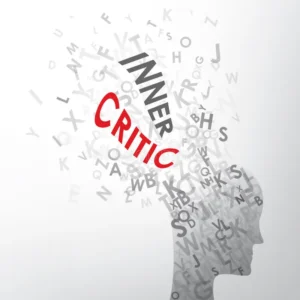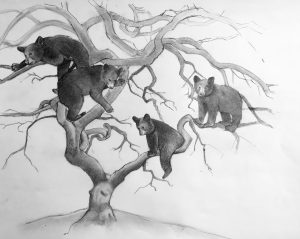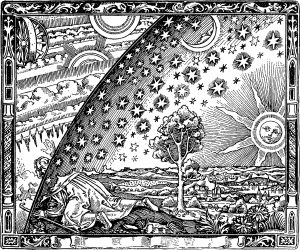Sleeping Beauty and Inanna’s Descent: Parallels of Darkness, Fertility, and Renewal
In the month of December, Mindfunda continues its exploration of descent myths with a deep dive into the striking parallels between the myth of Inanna and the fairy tale of Sleeping Beauty. Both stories portray a journey through darkness—whether symbolized by death, sleep, or infertility—and emphasize rebirth and renewal as key themes.
In the Sumerian myth, Inanna, the Great Goddess of Heaven and Earth, descends into the Underworld, stripping herself of power and identity as she confronts her dark sister, Ereshkigal. Similarly, Sleeping Beauty succumbs to a curse cast by the “uninvited” dark goddess-like fairy, symbolizing the waning moon or the shadow side of feminine creation. With the kingdom suspended in sleep, the land reflects the mythic Waste Land, echoing themes of stagnation and infertility seen in Arthurian Grail legends.
Both heroines experience a form of paralysis—Inanna, hung on a meat hook in the Underworld, and Sleeping Beauty, pricked by a spindle and put into a century-long slumber. The resolution comes with help from the animus—the masculine aspect of the self. Inanna is saved by the compassionate beings created by Enki, the God of Wisdom, while Sleeping Beauty is awakened by the kiss of the prince. These acts represent the integration of inner masculine energy—empowering creativity, healing, and reawakening fertility in life.
The myth of Inanna and the tale of Sleeping Beauty remind us that descent is a necessary step in transformation. Whether it’s through creative blocks, emotional wounds, or life’s trials, descending into darkness holds the potential for growth and renewal. By embracing both our shadow and our strength, we can awaken our “Sleeping Beauty” and reclaim our power to create, love, and thrive.










